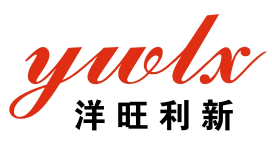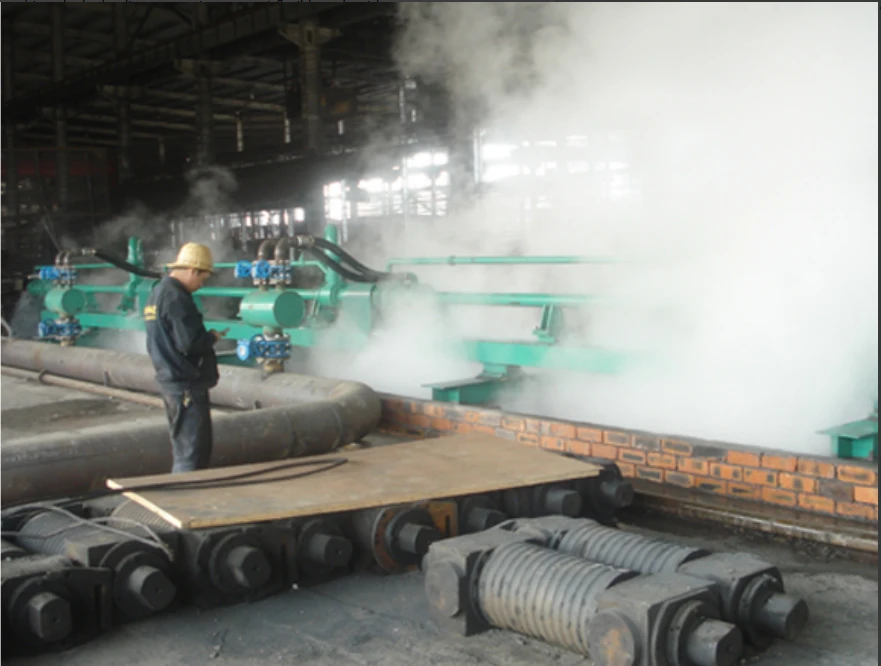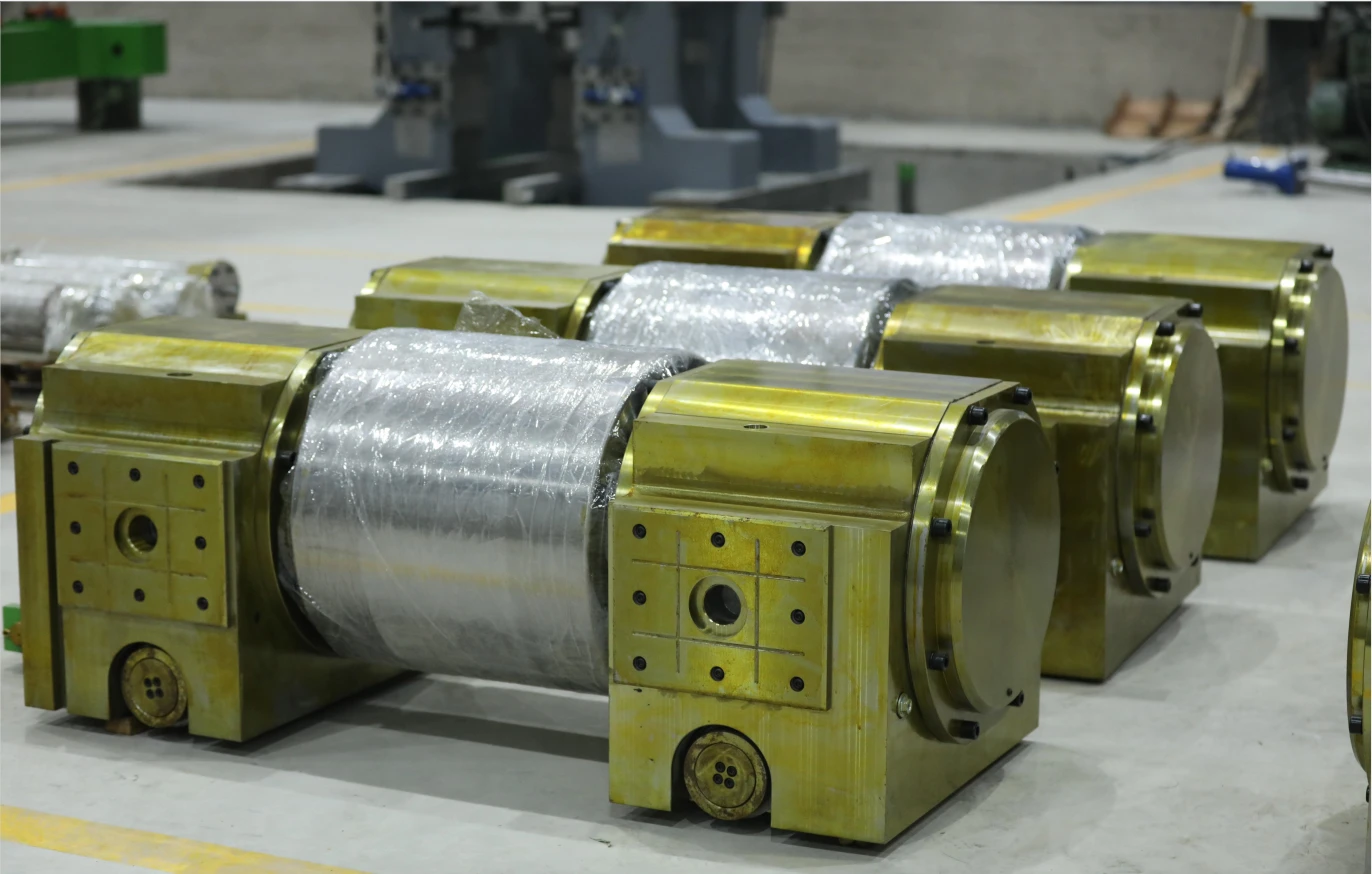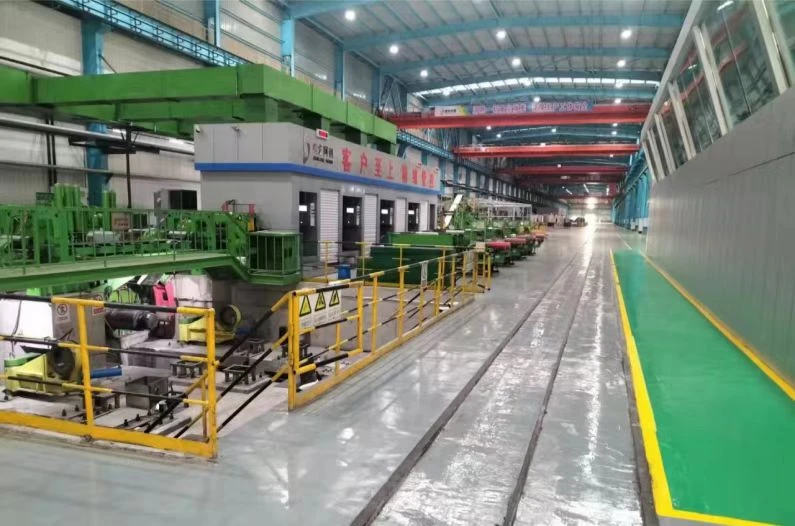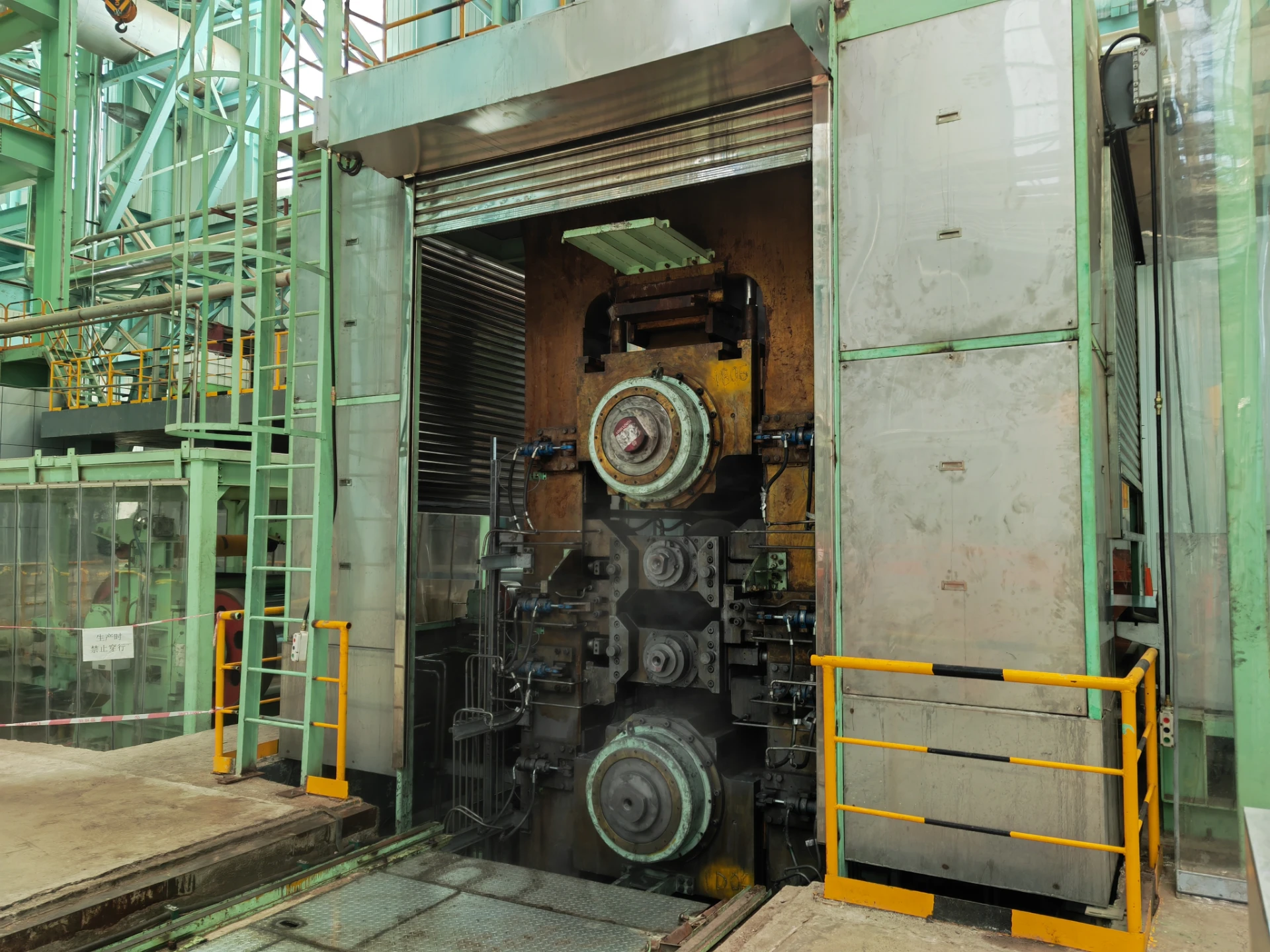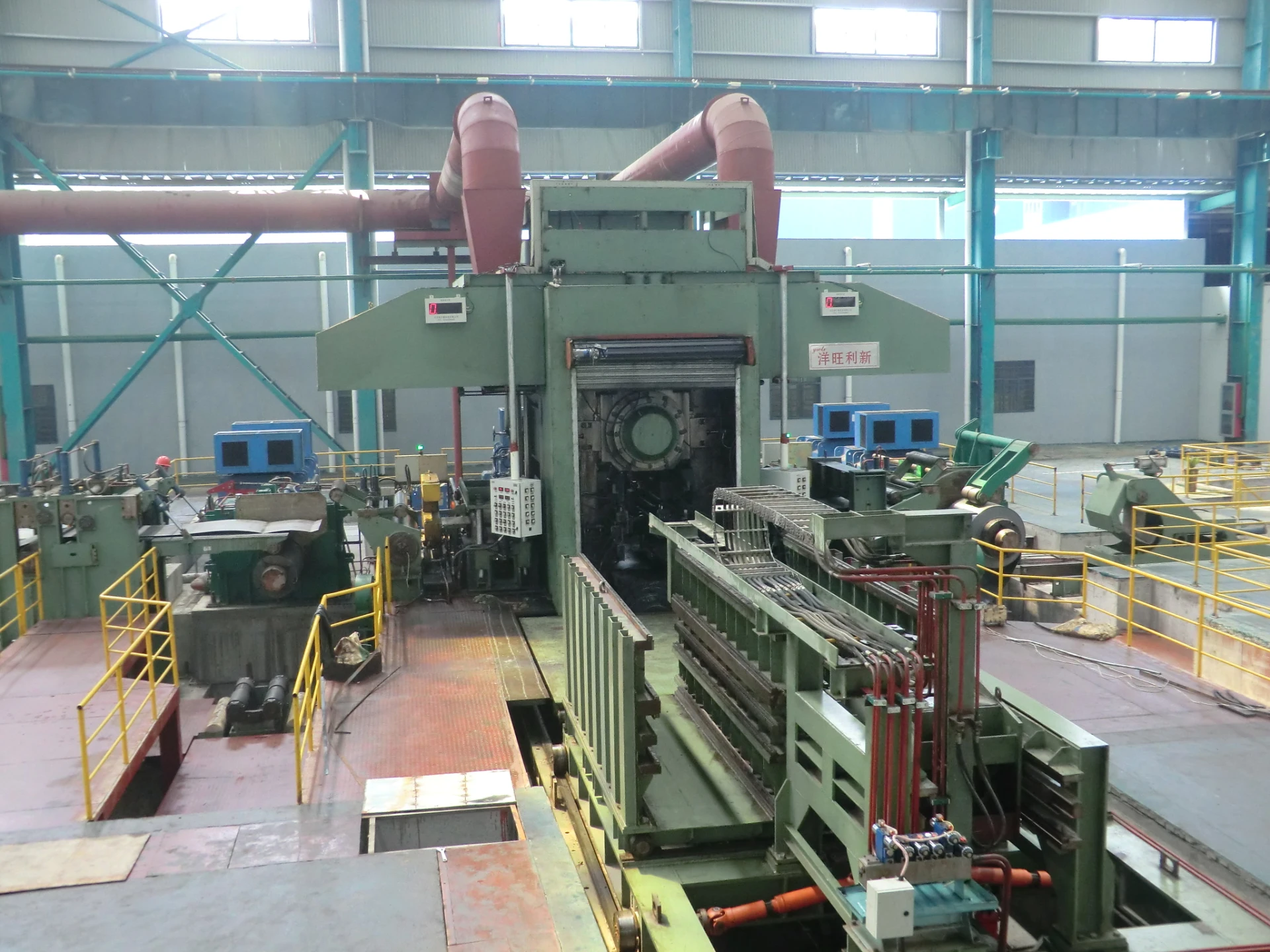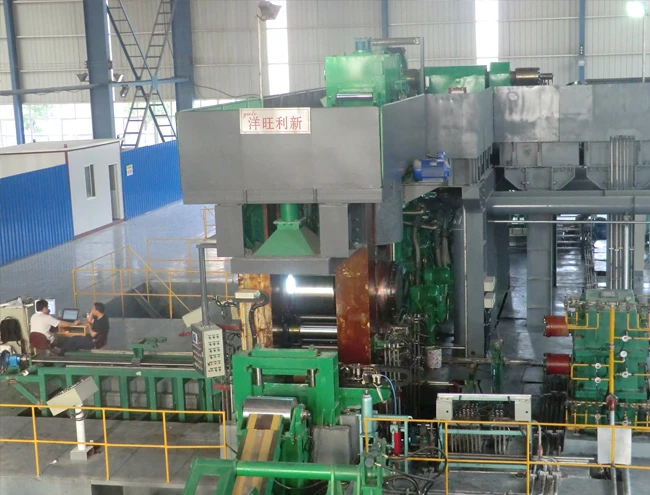
Efficient Water Cooling System for Water Tank | Precision Temp Control
The Critical Role of water cooling system for water tank in Industrial Efficiency and Sustainability
In modern industrial operations, managing heat is paramount to operational efficiency, equipment longevity, and overall safety. A robust and reliable water cooling system for water tank is not merely an accessory but a foundational component for a myriad of processes. These systems are crucial for maintaining optimal temperatures, preventing thermal damage, and ensuring continuous production across diverse sectors. This comprehensive guide delves into the intricacies of these essential systems, exploring industry trends, technical specifics, manufacturing excellence, and their transformative impact on various applications. We will also introduce how our "Revamping service and Spare Parts" specifically cater to the needs of these critical systems, ensuring their peak performance and extended lifespan.
Industry Trends Shaping the Future of Industrial Cooling
The landscape of industrial cooling is rapidly evolving, driven by global demands for sustainability, energy efficiency, and operational intelligence. Key trends influencing the development and deployment of a water cooling system for water tank include:
- Energy Efficiency & Waste Heat Recovery: A significant shift towards systems that minimize energy consumption and recover waste heat for other processes (e.g., preheating, cogeneration). This includes advanced heat exchangers, variable speed drives for pumps, and optimized control algorithms.
- Smart Cooling & IoT Integration: The integration of Internet of Things (IoT) sensors, real-time data analytics, and Artificial Intelligence (AI) for predictive maintenance, proactive fault detection, and optimized operational parameters. This allows for unparalleled precision in temperature management and resource allocation.
- Modularity and Scalability: Increasing demand for modular designs that allow for easy expansion, relocation, and integration into existing infrastructures, reducing installation time and costs.
- Eco-Friendly Refrigerants & Materials: A move away from traditional refrigerants with high Global Warming Potential (GWP) towards more environmentally benign alternatives. Additionally, the use of corrosion-resistant and durable materials for longevity, reducing the environmental footprint over the system's lifecycle.
- Water Conservation: Innovations in closed-loop systems, advanced filtration, and intelligent water treatment technologies to minimize water consumption and blowdown, addressing increasing concerns about water scarcity.
Understanding the Core: Technical Parameters of water cooling system for water tank
A water cooling system for water tank is a sophisticated assembly designed to dissipate heat efficiently. Understanding its technical parameters is crucial for optimal selection and performance. These systems often comprise components like heat exchangers, circulating pumps, filtration units, and the central cooling water expansion tank or cooling water storage tank which manages water volume and pressure.
Key Performance Parameters and Specifications
The efficiency and suitability of a cooling system are determined by several critical parameters. Below is a table summarizing common specifications for a typical industrial water cooling system for water tank:
| Parameter | Typical Range/Specification | Importance/Notes |
|---|---|---|
| Cooling Capacity | 10 kW to 5000+ kW (3 to 1700+ Tons) | Heat rejection rate; depends on application heat load. Essential for effective temperature control. |
| Water Flow Rate | 5 m³/hr to 1000+ m³/hr | Volume of water circulated per unit time; directly impacts heat transfer efficiency. |
| Inlet Water Temp. | 5°C to 45°C (41°F to 113°F) | Temperature of water entering the heat source/process. |
| Outlet Water Temp. | Typically 5°C to 10°C higher than inlet | Target temperature of water leaving the cooling system, returning to process. |
| Pressure Drop Across System | 0.5 bar to 5 bar (7 to 72 psi) | Resistance to flow, impacts pump selection and energy consumption. |
| Tank Volume (Cooling Water Storage/Expansion Tank) | 100 L to 10,000+ L (26 to 2600+ gallons) | Capacity of the cooling water storage tank or cooling water expansion tank; crucial for system stability and managing thermal expansion. |
| Heat Exchanger Type | Plate, Shell & Tube, Finned Coil | Determines heat transfer efficiency and footprint. Material compatibility is key. |
| Material of Construction | SS304, SS316L, Carbon Steel, Duplex SS, Titanium | Corrosion resistance, mechanical strength, compatibility with fluids. Critical for longevity. |
| Power Consumption | 0.5 kW/ton to 1.5 kW/ton (chiller) / Pump power | Energy efficiency metric (EER, COP) and operational cost. |
| Noise Level | Environmental consideration, especially for urban or sensitive areas. | |
| Footprint (LxWxH) | Varies widely based on capacity and type | Space requirements in industrial facilities. |
| Control System | PLC/DCS, PID controllers, HMI | Automation, precision control, remote monitoring capabilities. |
The Manufacturing Edge: Revamping Service and Spare Parts for water cooling system for water tank
Our offering, "Revamping service and Spare Parts" (Product URL: https://www.bjywlx.com/special-testing-mill-and-spare-parts.html), is precisely tailored to enhance, repair, and maintain the efficiency and reliability of your existing water cooling system for water tank. While we specialize in providing the critical components and services necessary to keep these systems running optimally, it's essential to understand the underlying manufacturing excellence of these parts.
Component Manufacturing Process and Quality Assurance
The robust performance of any water cooling system for water tank relies on the integrity and precision of its individual components, from the heat exchanger plates to the cooling water expansion tank itself. Our spare parts are manufactured to exacting standards, mirroring or exceeding OEM specifications. Here’s a detailed look at the typical manufacturing process for critical components:
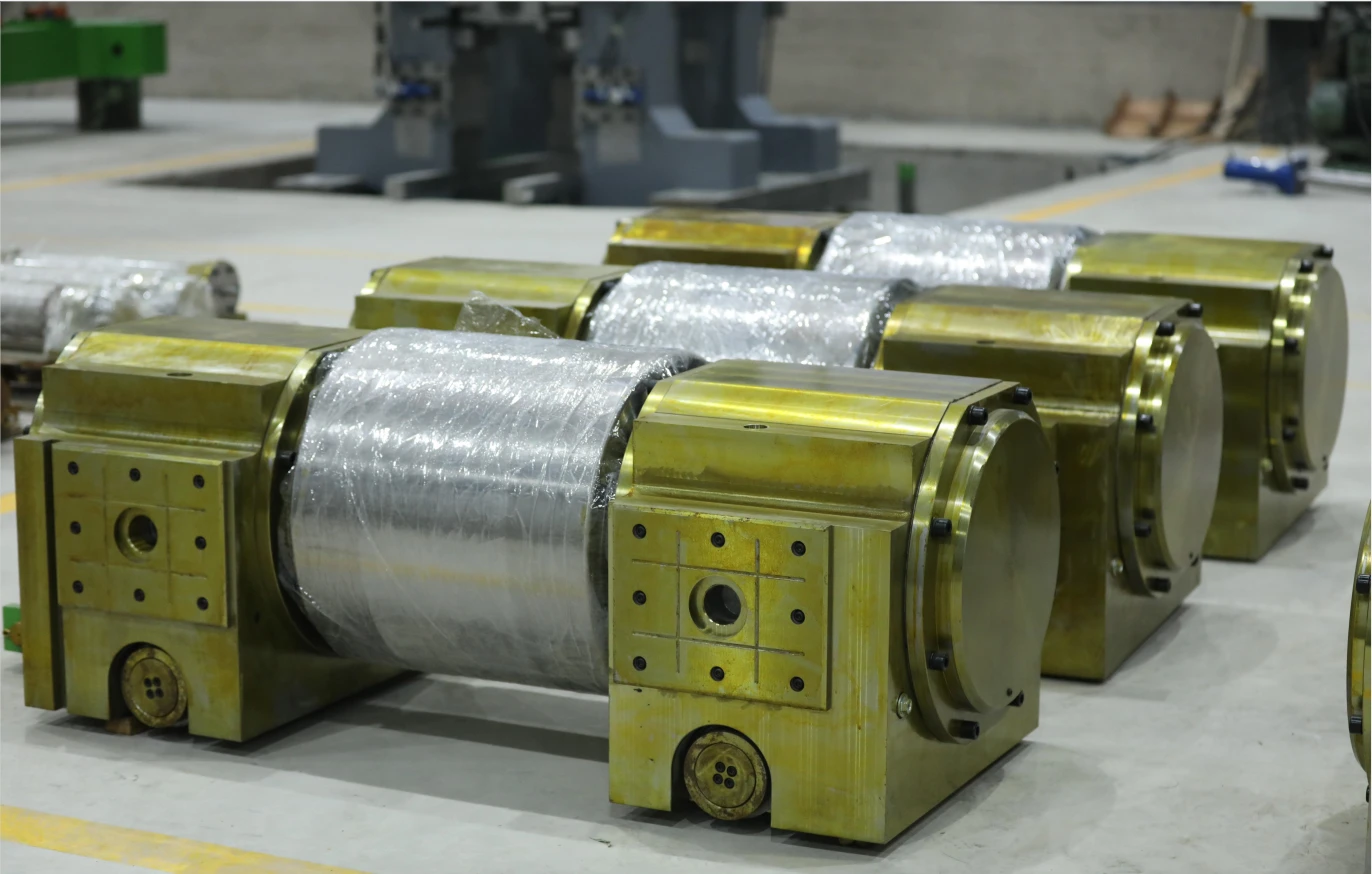
- CNC Machining: For intricate parts requiring high precision, such as valve bodies, pump impellers, and critical fittings. CNC (Computer Numerical Control) ensures repeatable accuracy and tight tolerances, crucial for fluid dynamics and sealing.
- Casting: Used for complex shapes like pump housings or large valve bodies. Processes like sand casting or investment casting are selected based on material and desired surface finish. This allows for optimized flow paths and structural integrity.
- Forging: For components requiring high strength and impact resistance, such as flanges, shafts, or heavy-duty pipe fittings. Forging refines the grain structure of the metal, enhancing its mechanical properties.
- Sheet Metal Fabrication: For the main body of tanks, housings, and ducts. This involves precise cutting (laser/plasma), bending (press brakes), and rolling. The fabrication of a robust cooling water expansion tank or storage tank requires meticulous attention to structural integrity and leak prevention.
- Advanced Welding: For joining various parts, especially for pressure vessels and heat exchangers. Techniques like TIG (Tungsten Inert Gas), MIG (Metal Inert Gas), and Submerged Arc Welding (SAW) are used, often by certified welders following ASME Boiler and Pressure Vessel Code (BPVC) standards. Post-weld heat treatment may be applied to relieve stress and enhance material properties.
- Dimensional Inspection: Using CMM (Coordinate Measuring Machine) and precision gauges to verify all dimensions against blueprints.
- Non-Destructive Testing (NDT): For welds and critical components: Ultrasonic Testing (UT), Radiographic Testing (RT), Magnetic Particle Testing (MPT), and Liquid Penetrant Testing (LPT) to detect internal and surface flaws.
- Hydrostatic Testing: Pressure vessels, including the cooling water expansion tank or cooling water storage tank, and heat exchangers undergo hydrostatic testing at pressures significantly higher than their operating pressure to confirm structural integrity and leak-tightness as per ASME Section VIII.
- Material Certification: Full traceability and Material Test Certificates (MTCs) are provided for all major materials, ensuring compliance with standards like ASTM, AISI, or EN.
- Performance Testing: Components like pumps are tested for flow, head, and efficiency. Assembled heat exchangers are tested for heat transfer rates.
- Adherence to Standards: All manufacturing and testing processes comply with relevant international standards such as ISO 9001 (Quality Management Systems), ANSI, ASME, TEMA (for heat exchangers), and API (for pumps in oil & gas).
The foundation of a durable component is the right material. For parts of a water cooling system for water tank, this often involves high-grade stainless steels (SS304, SS316L for excellent corrosion resistance, especially against treated water or mild chemicals), Duplex Stainless Steels (for higher strength and superior corrosion resistance in aggressive environments like seawater), or specialized alloys like Titanium (for extreme corrosion resistance). Carbon steel is used for less demanding, general-purpose applications, often with protective coatings. All materials are sourced from certified suppliers and undergo incoming material inspection to verify chemical composition and mechanical properties against ASTM or EN standards.
Depending on the component (e.g., heat exchanger plates, pump casings, or the cooling water storage tank body), various advanced manufacturing techniques are employed:
After manufacturing, components undergo surface treatments to enhance durability, corrosion resistance, and aesthetic appeal. This can include passivation (for stainless steel to enhance its passive layer), sandblasting, electro-polishing, or application of specialized industrial coatings (e.g., epoxy, polyurethane) for carbon steel parts or internal surfaces of a cooling water storage tank to prevent corrosion and scale buildup. These treatments significantly extend the component's and thus the overall water cooling system for water tank's service life.
Every critical component undergoes multi-stage quality control to ensure compliance with international standards and superior performance. This adheres strictly to Google's principle of Authoritativeness and Trustworthiness.
Individual components are then assembled, if applicable, into sub-systems. A final visual inspection ensures no cosmetic defects and proper assembly. Packaging is then done to protect components during transit.
Lifespan and Applicable Industries
Thanks to stringent material selection, advanced manufacturing processes, and rigorous quality control, our components for a water cooling system for water tank are designed for an extended service life, typically 15-25 years with proper maintenance. This robust lifespan directly translates to lower total cost of ownership (TCO) for our clients.
These systems and their components find application across a vast array of industries:
- Petrochemical & Refining: Cooling process streams, reactors, condensers.
- Metallurgy & Steel Production: Cooling furnaces, rolling mills, continuous casting machines.
- Power Generation: Cooling turbines, generators, condensers (nuclear, thermal, renewable).
- HVAC & Data Centers: Critical for climate control and server cooling, ensuring optimal operating conditions.
- Pharmaceutical & Chemical: Maintaining precise temperatures for exothermic reactions, product storage.
- Food & Beverage: Chilling processes, pasteurization, fermentation.
- Automotive & Manufacturing: Cooling machinery, hydraulic systems, welding equipment.
- Mining: Cooling heavy machinery and ventilation systems.
- Water Treatment & Desalination: Cooling equipment and managing heat in process streams.
- Marine: Engine cooling, onboard HVAC.
Advantages in Typical Application Scenarios
Our components and services enhance a water cooling system for water tank's performance, offering significant advantages:
- Energy Saving: Through optimized heat transfer surfaces, efficient pump designs, and minimal pressure drops, leading to reduced operational costs.
- Superior Corrosion Resistance: Utilizing materials like SS316L and Duplex SS drastically extends component life in corrosive environments, minimizing downtime and maintenance. For example, in coastal power plants using brackish water, the use of titanium heat exchanger tubes can virtually eliminate corrosion-related failures.
- Precise Temperature Control: Critical for processes requiring narrow temperature bands, preventing product degradation or equipment malfunction. This is paramount in pharmaceutical synthesis or semiconductor manufacturing.
- Reduced Maintenance & Downtime: High-quality components mean fewer failures, less frequent repairs, and predictable maintenance schedules, ensuring continuous operation.
- Environmental Compliance: Optimized designs reduce water usage and energy consumption, contributing to lower carbon footprints and adherence to environmental regulations.
Application Scenarios of Robust water cooling system for water tank
The versatility of a well-designed water cooling system for water tank makes it indispensable across numerous sectors:
- Industrial Manufacturing: Cooling hydraulic presses, induction furnaces, plastic molding machines, and welding equipment. The precise temperature control prevents material warping and extends machine lifespan.
- Power Plants: Condensing steam from turbines, cooling generator bearings, and transformer oil. In these high-stakes environments, the reliability of the cooling water storage tank and the entire system is critical for consistent energy production.
- Chemical Processing Plants: Managing exothermic reactions, condensing vapors in distillation columns, and cooling product streams. Materials of construction must be carefully selected to resist chemical attack.
- Data Centers: Maintaining optimal server room temperatures to prevent overheating and ensure uninterrupted data processing. Liquid cooling solutions, often involving sophisticated cooling water expansion tank setups, are becoming increasingly common for high-density racks.
- HVAC Systems (Large Scale): Providing chilled water for large commercial and institutional buildings, airports, and hospitals.
- Food & Beverage Industry: Rapid cooling of products (e.g., milk, beer, fruit juices), maintaining refrigeration in cold storage, and chilling water for various processing steps to ensure product safety and quality.
Technical Advantages & Performance Benchmarks
Investing in a high-quality water cooling system for water tank, supported by robust spare parts and revamping services, offers distinct technical advantages:
- Superior Thermodynamic Efficiency: Our systems leverage advanced heat transfer principles, ensuring maximum heat dissipation with minimal energy input. This translates to lower operational expenditure and a reduced carbon footprint. For instance, optimized fin geometry in heat exchangers or precisely engineered flow paths in circulation pumps contribute significantly to overall system Coefficient of Performance (COP).
- Enhanced Equipment Longevity: By consistently maintaining optimal operating temperatures, the lifespan of connected machinery (furnaces, compressors, processing units) is dramatically extended. This reduces capital expenditure on replacements and minimizes production interruptions.
- Adaptive Control Systems: Modern cooling systems are equipped with intelligent PLC/DCS based controls, enabling dynamic response to varying heat loads, precise temperature regulation (e.g., ±0.5°C), and remote monitoring capabilities. This ensures stable process conditions regardless of external fluctuations.
- Robust Construction & Material Integrity: Components manufactured with high-grade stainless steels (SS304, SS316L, Duplex SS) and designed to withstand specific pressures and temperatures, resist corrosion, erosion, and cavitation, common issues in industrial water systems. Our cooling water expansion tank and cooling water storage tank solutions are built to last.
- Compliance with Industry Standards: Adherence to international standards like ISO, ASME, TEMA, and specific industry codes (e.g., API for pumps in petrochemicals) ensures that the systems meet global benchmarks for safety, performance, and environmental responsibility. For example, pressure vessels are designed and fabricated according to ASME Boiler and Pressure Vessel Code, section VIII.
Selecting Your Partner: Manufacturer Comparison and Criteria
Choosing the right provider for your water cooling system for water tank components and services is critical. While specific manufacturer comparisons require detailed product sheets, here are general criteria to evaluate:
| Criterion | Our Strengths (BJYWLX) | Typical Industry Standard | Benefit to Client |
|---|---|---|---|
| Expertise & Experience | Decades in specialized testing mill parts and cooling systems, deep understanding of material science and fluid dynamics. Proven track record in complex industrial environments. | Varies (newcomer to established) | Reliable solutions, fewer surprises, optimized performance. |
| Product Range & Customization | Comprehensive Revamping Service & Spare Parts, highly customizable solutions for unique process requirements. Emphasis on tailor-made cooling water expansion tank designs. | Standardized products, limited customization | Precise fit for application, maximum efficiency, future-proof. |
| Quality & Certifications | ISO 9001 certified manufacturing, adherence to ASME, ANSI, TEMA. Rigorous NDT and hydrostatic testing. High-grade materials (SS316L, Duplex). | Varies (some basic certifications) | Longer lifespan, reduced failures, safety, regulatory compliance. |
| After-Sales Support & Service | Dedicated Revamping Service, readily available spare parts, technical support, installation guidance, preventive maintenance programs. | Often limited, reactive support | Minimized downtime, extended equipment life, peace of mind. |
| Energy Efficiency Focus | Designs aimed at reducing power consumption, optimized heat transfer. Modernization services to upgrade efficiency of existing systems. | Varies (some focus, others less) | Lower operating costs, environmental benefits. |
| Technological Innovation | Continuous R&D, integration of smart monitoring and control capabilities where applicable for future-ready solutions. | Often slow to adopt new tech | Future-proof investment, smart operations, predictive maintenance. |
Tailored Solutions & Customization for Your Specific Needs
Every industrial application presents unique thermal challenges. A one-size-fits-all approach rarely yields optimal results. At BJYWLX, we specialize in providing bespoke solutions for your water cooling system for water tank needs, particularly through our Revamping Service. This involves a meticulous assessment of your existing infrastructure, operational parameters, and future growth projections. Our engineering team collaborates closely with clients to design or modify systems that integrate seamlessly and deliver peak performance. This could involve:
- Custom sizing and material selection for a cooling water expansion tank or cooling water storage tank to accommodate specific volume, pressure, and chemical compatibility requirements.
- Designing specialized heat exchangers for unique fluid properties or space constraints.
- Integrating advanced control systems for precise temperature regulation and energy optimization.
- Upgrading existing systems with higher efficiency pumps, motors, and filtration units.
- Providing spare parts manufactured to exact specifications for seamless integration and performance.
Real-World Impact: Application Cases
Our commitment to quality and tailored solutions has translated into tangible benefits for clients across various industries:
- Case Study 1: Steel Mill Cooling System Upgrade
A major steel manufacturer faced frequent downtime due to the aging cooling system for their electric arc furnace. The existing water cooling system for water tank struggled to handle peak heat loads, leading to overheating and premature wear of critical furnace components. Through our Revamping Service, we upgraded their system with high-efficiency plate heat exchangers and a larger, custom-fabricated cooling water storage tank made from Duplex Stainless Steel to resist corrosive circulating water. The upgrade resulted in a 30% increase in cooling capacity, a 15% reduction in energy consumption, and a 50% decrease in unexpected shutdowns, significantly boosting production output and equipment lifespan.
- Case Study 2: Petrochemical Plant Condenser Optimization
A petrochemical client experienced inconsistent product quality due to fluctuating temperatures in their distillation column condensers. Our solution involved replacing their old shell-and-tube heat exchangers with highly efficient, easily maintainable plate heat exchangers, complemented by a new cooling water expansion tank designed for precise pressure management. The project also included the integration of smart sensors and a PLC-based control system. This led to a dramatic improvement in temperature stability (±0.2°C), resulting in a 10% increase in product yield and a 20% reduction in water consumption due to optimized cooling cycles.
Ensuring Trust and Authority (Google Principles)
At BJYWLX, our reputation is built on demonstrating Expertise, Experience, Authoritativeness, and Trustworthiness in every aspect of our business:
- Expertise (E): Our team comprises seasoned engineers, metallurgists, and fluid dynamics specialists. We apply deep theoretical knowledge in heat transfer, material science, and thermodynamic principles to design and produce superior components for your water cooling system for water tank. We understand the nuanced behavior of various cooling mediums and their interactions with diverse materials under specific industrial conditions.
- Experience (E): With decades of practical experience, we have successfully completed numerous projects ranging from routine spare parts supply to complex revamping of large-scale industrial cooling infrastructures. Our experience includes troubleshooting complex thermal issues, optimizing existing systems for energy efficiency, and providing long-term maintenance support, as evidenced by our successful application cases. We stand by the long-term performance of our products and services.
- Authoritativeness (A): BJYWLX is recognized within the industry for its adherence to international manufacturing and quality standards. We hold certifications such as ISO 9001 for quality management. Our components conform to major industry codes like ASME (American Society of Mechanical Engineers) for pressure vessels and piping, ANSI (American National Standards Institute) for dimensions and performance, and TEMA (Tubular Exchanger Manufacturers Association) for heat exchangers. Our long-standing partnerships with leading industrial clients further attest to our authoritative standing.
- Trustworthiness (T): We foster trust through transparent operations, clear communication, and unwavering commitment to customer satisfaction. We provide detailed project proposals, comprehensive technical documentation, and operate with full traceability for all materials and processes. Our client support is available throughout the product lifecycle, from initial consultation to after-sales service.
Our Commitment to Trust: Delivery, Warranty, and Support
- Delivery Cycle: We maintain efficient production schedules and robust logistics. For standard spare parts, delivery can be as quick as 2-4 weeks. For custom-fabricated components or revamping projects, lead times are precisely quoted based on complexity, typically ranging from 8-16 weeks after design approval, ensuring timely project completion without compromising quality.
- Quality Assurance & Warranty: All our products, including parts for your cooling water expansion tank or the entire water cooling system for water tank, come with a comprehensive warranty, typically covering 12-24 months from installation or 18-30 months from shipment, against manufacturing defects and material failures. Our confidence in our engineering and manufacturing processes allows us to offer this robust assurance.
- Customer Support: Our dedicated support team is available for technical inquiries, troubleshooting, and field service. We provide comprehensive operation and maintenance manuals, spare parts lists, and offer training sessions for client personnel to ensure seamless operation and preventive maintenance of your cooling systems.
Professional FAQ for water cooling system for water tank
For more detailed information on specific products or to discuss your unique requirements for a water cooling system for water tank, including our Revamping service and high-quality Spare Parts, please visit our product page: https://www.bjywlx.com/special-testing-mill-and-spare-parts.html.
References and Further Reading:
- "Advances in Industrial Cooling Systems: Energy Efficiency and Sustainability." Journal of Energy Conversion and Management, Vol. 185, 2019, pp. 200-215. View Journal (Please note: This is a placeholder for an academic journal reference.)
- "The Role of Water Treatment in Industrial Cooling Towers." Water Technology Journal, 2021. View Journal (Please note: This is a placeholder for an industry-specific journal reference.)
- "ASME Boiler and Pressure Vessel Code (BPVC)." Latest Edition. Learn More
- "ISO 9001:2015 - Quality management systems." Learn More
- "Industrial Cooling Forum Discussions." Access Forums/Webinars (Please note: This is a placeholder for an industry forum or resource.)
-
Indian Clients Visit YWLX to Inspect Skin-pass MillNewsJun.22,2025
-
Typical Products from Reversing Cold Rolling ProcessNewsMay.26,2025
-
Surface Finish Improvement through Skin Pass RollingNewsMay.26,2025
-
Integration of AGC Systems in Modern Cold Rolling MillsNewsMay.26,2025
-
Cold Rolling in the Context of High-Strength Steel DemandNewsMay.26,2025
-
AGC in Hot Rolling Mills: Challenges and SolutionsNewsMay.26,2025
-
Why Reversing Cold Rolling Mills Are Ideal for Specialty MetalsNewsMay.13,2025


